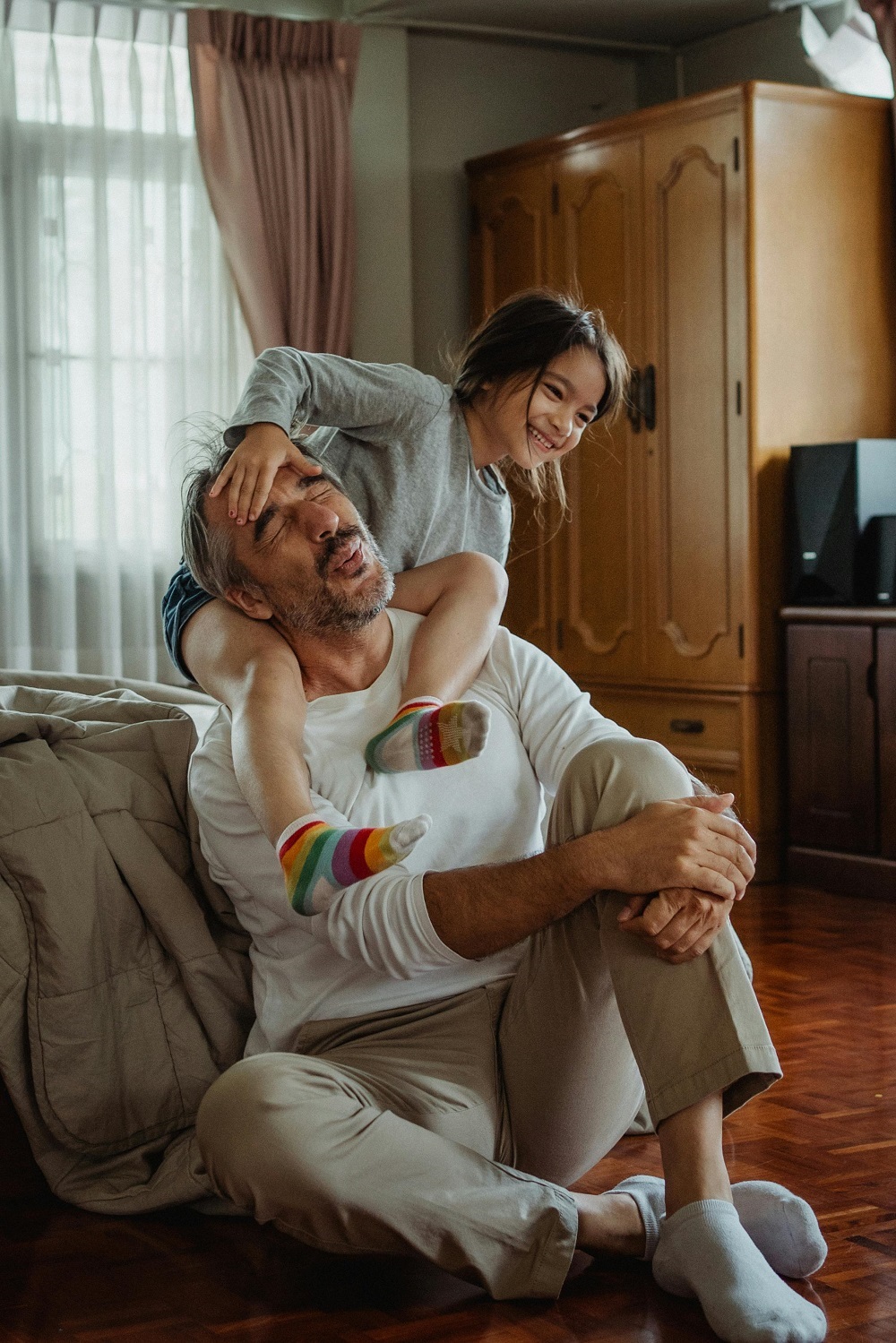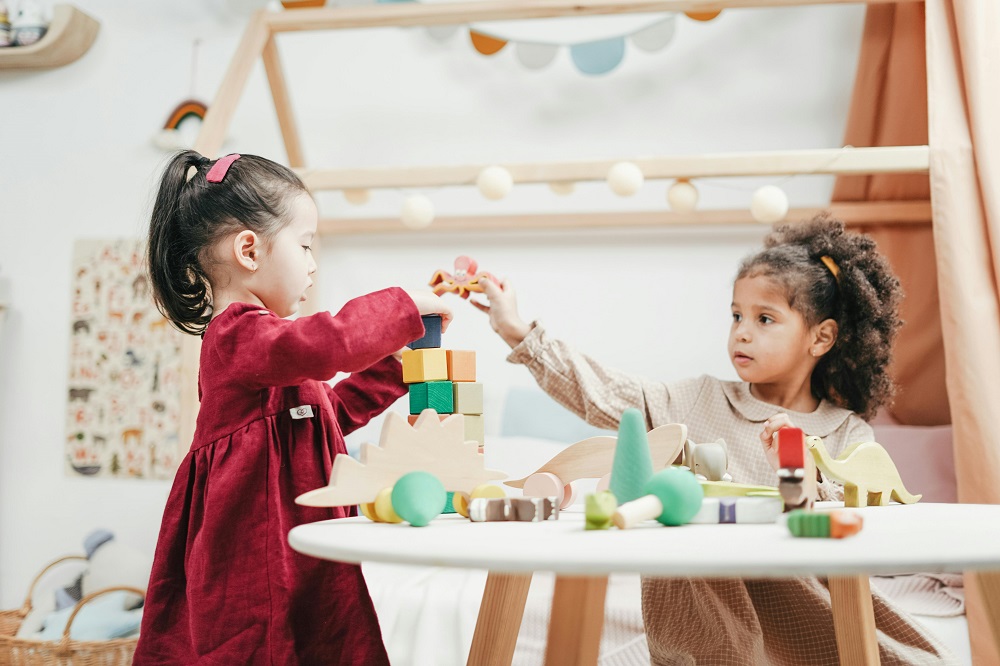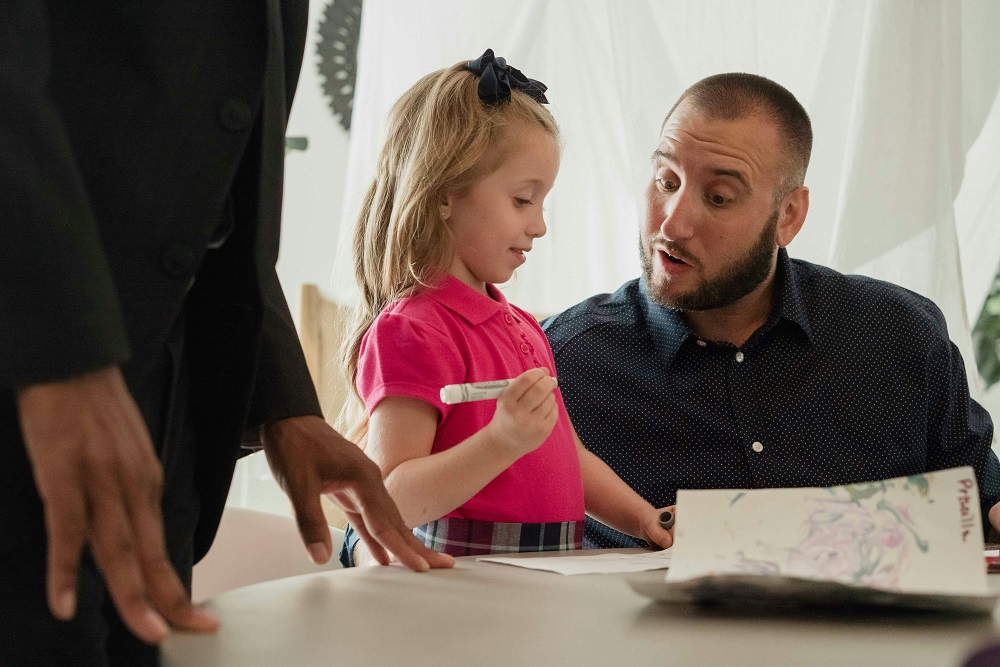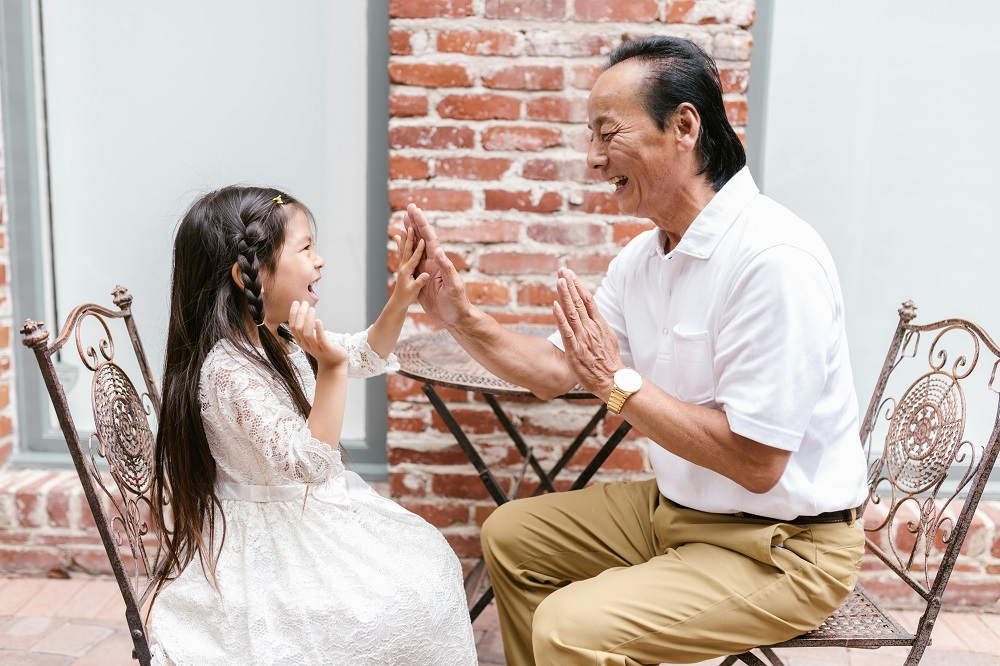It sounds complicated, but it’s simple to do. It involves observing and accepting the child’s emotions as real and significant. It’s crucial to remember that doing so does not imply that you approve of any actions that are taken as a result of the sentiments that are being experienced. By pointing out the distinctions between feelings and behaviours for your child and for yourself you as a parent assist in enhancing their capacity for self-regulation. As parents usually try to correct their children’s behaviours through lectures and punishments, this can be incredibly difficult to put into practice.
The best strategy to aid children in self-regulation when they are in pain or experiencing strong emotions is to acknowledge their feelings. By doing this, you give your child something priceless—the knowledge that they are not alone in what they are going through because someone else acknowledges it. You give them a secure setting to work with their emotions and circumstances.
Internal conflict arises when a child experiences a particular emotion and is told they shouldn’t or shouldn’t feel that emotion, which can result in feelings of fear and depression. A child may feel that it is unsafe to express their emotions, causing them to keep them to themselves, causing a gap in the relationship.
Parents constantly provide an example for children by modelling reactions and coping mechanisms when something happens. Children look to their parents for comfort and to learn how they should feel. Talking about your experiences and accepting that other people go through similar things normalizes the feelings and experiences and keeps kids from feeling awful about their feelings.
Things you Should Do as a Parent:
Create a safe, judgment-free environment for your child to express their emotions. It is very important for the development of your children emotionally and mentally. Not only had that it also helped to build a strong bonding between parents and children.
Not only by the words being spoken but also by describing the behaviour being expressed, and acknowledging the feelings and emotions being communicated. There will be times when behaviour, action and responses will be more effective than verbal communication
Help someone express feelings and emotions that aren’t being expressed verbally. Once the person learns to express his feelings and emotions half of his problems will be vanished.
Support the exploration of emotions and the growth of understanding of the reasons behind the feelings and the response. It’s a must-be thing that should not be ignored.
Set the experience on par. Recognize that sometimes feelings do not match the circumstances, and if feelings are extremely strong, admit that as well. Otherwise, your communication wouldn’t be effective and engaging. They will not be willing to share everything if your emotional level doesn’t match theirs.
Address behaviour problems by establishing guidelines for the behaviours that are acceptable and offering suggestions for better behaviour moving forward. Through this pattern, your children will productively learn more. It also helps them to acknowledge the difference between right and wrong.




